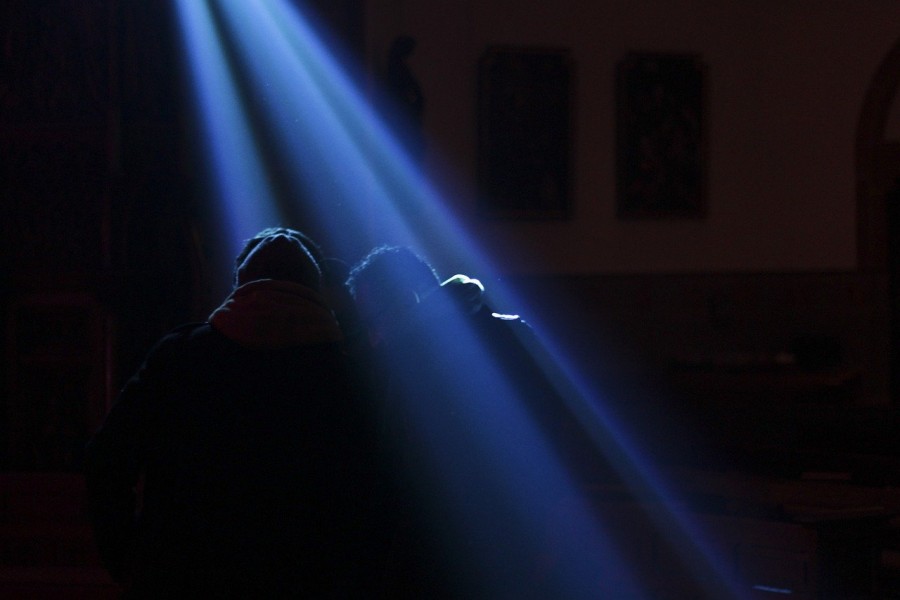Brushing aside some quarters' knee-jerk reaction to the relocation of 100,000 Rohingya refugees to Bhashan Char, the first batch of them reached the island in the Bay of Bengal in Hatiyaupazila. The number of Rohingyas relocated in the 1st week of December stood at 1,000. All of them were brought to Chittagong en route to Bhashan Char from camps in Ukhiya and Teknaf in Cox's Bazar.The relocated people are now said to be comfortably settled on the Char. As could be gleaned initially from the 'worries' expressed by the naysayers, the Myanmar refugees seemed to have fled their country with no scopes for return to their land.
On receiving news of the contentment expressed by the first batch, 1,776 more Rohingyas wanted to be relocated. They were taken to the Char by a navy ship from Chattogram on December 29. As has been planned by the authorities, around 4,000 Rohingyas will be initially taken to the 13,000-acre island. In order to accommodate the refugees 1,440 tin-roofed buildings were erected on the refurbished Char. The Rohingya settlement has been developed by Bangladesh Navy in the main. The project aims at ensuring safe accommodation for 100,000 Rohingyas displaced from the neighbouring Myanmar. In fact, a total of over 700,000 Myanmar citizens living in the country's Rakhine state fled to Bangladesh after August, 2017 to escape inhuman ethnic persecutions perpetrated by the Myanmar military. The orgiastic tortures were termed outright by the human rights groups as genocide. Earlier in the 1990s, another large batch of refugees was sheltered in Bangladesh. Following a messyrepatriation programme mostly overseen by UN agencies and the local authorities, a large number of the refugees were sent home. Still a total of 300,000 Rohingyas from the first influx stayed back taking their total number to 1 million.
During a long time span from the Rohingyas' early arrival to 2017, the Myanmar refugees eventually emerged as the arrogant old man on the shoulders of Sindbad, the sailor. The mischievous oldie won't climb down from the storm-beaten Sindbad's shoulders. The sailor can't walk any more. The irony is the old man entreated the kind sailor to carry him for a short distance. Shortly after their arrival in Bangladesh, the Rohingyas were provided with sufficient food and makeshift shelters. The locals in Ukhiya and Teknaf came forward with emergency help and moral support after the government agencies ran out of relief materials. As isolated batches kept entering the southeastern region unabated, the number of Rohingya refugees overwhelmed the local residences. Confrontations, initially isolated and petty in nature, and then violent, ensued.
Bangladesh played host to the hapless Rohigyas in good faith. They had firm belief that the refugees will go back on their own. Or Myanmar's de facto string-pullers, i.e. the military, will enter into negations with the Bangladesh government. All these expectations ended up being sheer delusory. Myanmar's repeated promises of taking the Rohingyas back home also finally proved deft play-acting. An alarming aspect of the seemingly overbearing Rohingya presence came up in the form of damages done to the biodiversity in Ukhiya and Teknafupazilas. With their presence spilling over their designated areas, a section of Rohingyas began felling trees and levelling hills in utter nonchalance. These misconducts, along with allegations of drug-running and other illegal activities of the Rohingyas brought them into a confrontational stance with the locals. On the other hand, the living condition in overcrowded camps just kept worsening. All these occurred in just two years.
Against this dreary backdrop, the initiative to relocate Rohingyas to a remote island might prompt the majority of the refugees to heave a sigh of relief. But these shelters are temporary. Bangladesh doesn't have many uninhabited islands. The authorities cannot also remain oblivious to the fact that the country's population continues to rise.


